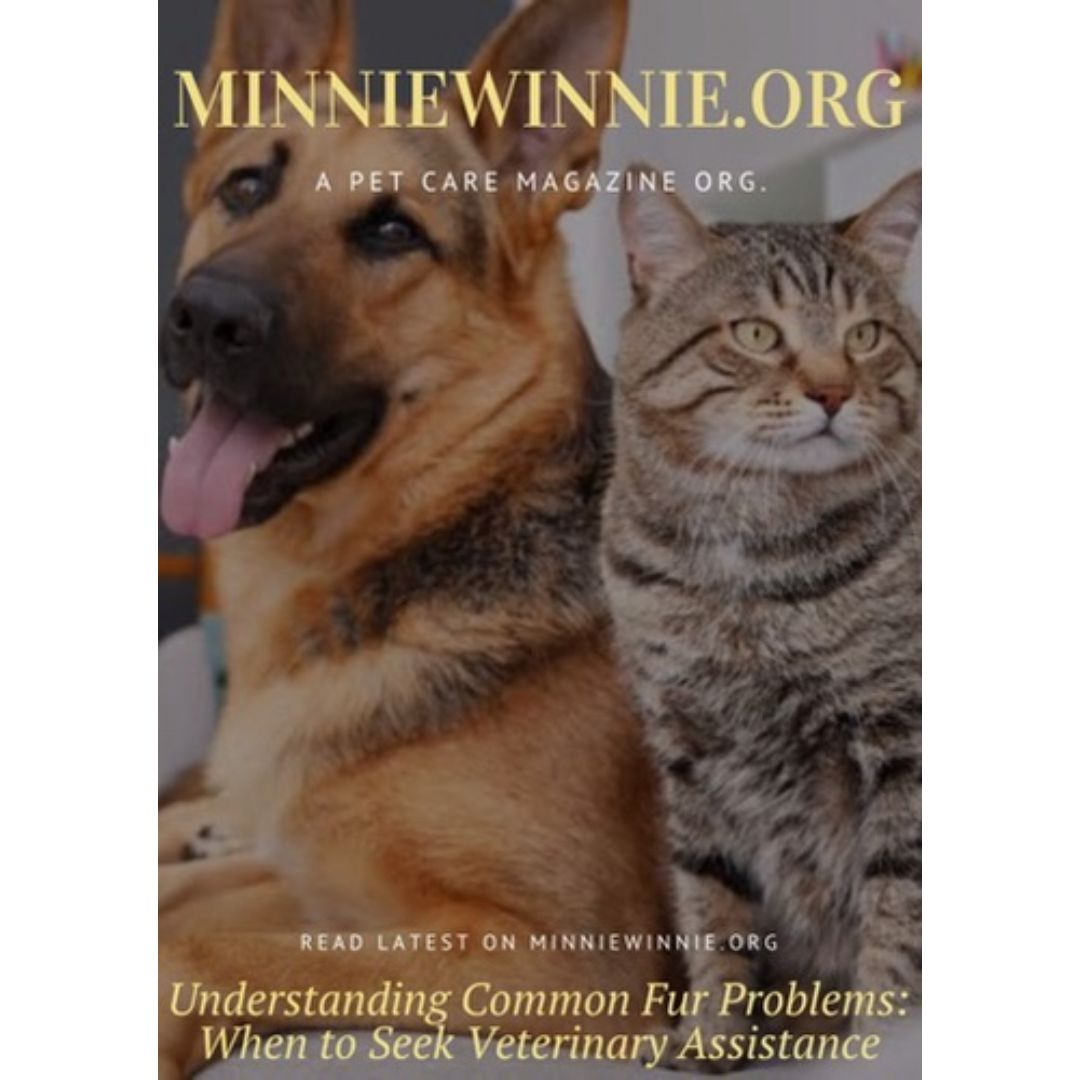Understanding Common Fur Problems: When to Seek Veterinary Assistance
Fur, often seen as a mark of a pet’s health and vitality, can sometimes be an indicator of underlying health issues. Recognizing common fur problems and understanding when to seek veterinary assistance is crucial for ensuring the well-being of your furry companion. Here’s a guide to help you identify potential issues and know when it’s time to consult a veterinarian.
Common Fur Problems
- Shedding
- Normal Shedding: Most pets shed fur regularly as part of their natural cycle. This can vary with seasons, breed, and individual health.
- Excessive Shedding: If your pet is shedding more than usual, it could indicate stress, poor nutrition, or underlying medical conditions.
- Matting
- Matting occurs when fur becomes tangled and knotted. This is more common in long-haired breeds and can cause discomfort and skin issues if not addressed promptly.
- Regular grooming and brushing can prevent matting, but severe cases may require professional grooming services.
- Bald Patches
- Bald patches can result from various causes including parasites, infections, allergies, or hormonal imbalances.
- Observing your pet for other symptoms such as itching, redness, or changes in behavior can help in identifying the root cause.
- Dull and Dry Fur
- A healthy pet’s coat should be shiny and smooth. Dull, dry fur can indicate poor diet, dehydration, or skin conditions.
- Ensuring a balanced diet and adequate hydration is essential for maintaining a healthy coat.
- Greasy or Oily Fur
- Excessively oily fur may point to seborrhea, a condition that can be caused by allergies, hormonal disorders, or infections.
- Regular bathing with appropriate pet shampoos can manage mild cases, but persistent greasiness requires veterinary attention.
- Discoloration
- Fur discoloration, especially when it happens rapidly, can be a sign of underlying health issues such as nutritional deficiencies or metabolic problems.
- Some discoloration is natural with aging, but sudden changes should not be ignored.
When to Seek Veterinary Assistance
- Persistent Itching and Scratching
- Continuous itching and scratching often indicate parasites, allergies, or skin infections. A veterinarian can diagnose and treat the specific cause effectively.
- Visible Skin Lesions
- Sores, rashes, or lumps beneath the fur can signify serious health issues. Immediate veterinary consultation is necessary to prevent complications.
- Rapid Fur Loss
- Sudden and significant hair loss is a red flag. Conditions such as hypothyroidism, Cushing’s disease, or autoimmune disorders might be the culprits.
- Diagnostic tests conducted by a veterinarian can determine the exact cause.
- Behavioral Changes
- If your pet shows changes in behavior along with fur problems, such as lethargy, decreased appetite, or irritability, it’s time for a vet visit. These symptoms, combined with fur issues, may indicate systemic health problems.
- Inconsistent Coat Quality Despite Good Care
- If your pet’s coat quality does not improve despite proper grooming, nutrition, and care, it’s essential to seek veterinary advice. This could be a sign of an underlying condition that requires medical intervention.
Preventive Measures
- Regular Grooming: Regular brushing and grooming help in detecting fur problems early and prevent matting and excessive shedding.
- Balanced Diet: A diet rich in essential nutrients supports healthy fur and overall health.
- Hydration: Ensure your pet has access to fresh water at all times.
- Parasite Control: Regular check-ups and preventive treatments for parasites like fleas and ticks are crucial.
Understanding common fur problems and recognizing when to seek veterinary assistance is key to maintaining your pet’s health and happiness. Regular veterinary check-ups, combined with attentive care, can prevent minor fur issues from developing into serious health concerns. Your pet relies on you for their well-being, so staying informed and proactive is the best way to ensure they lead a comfortable and healthy life.










